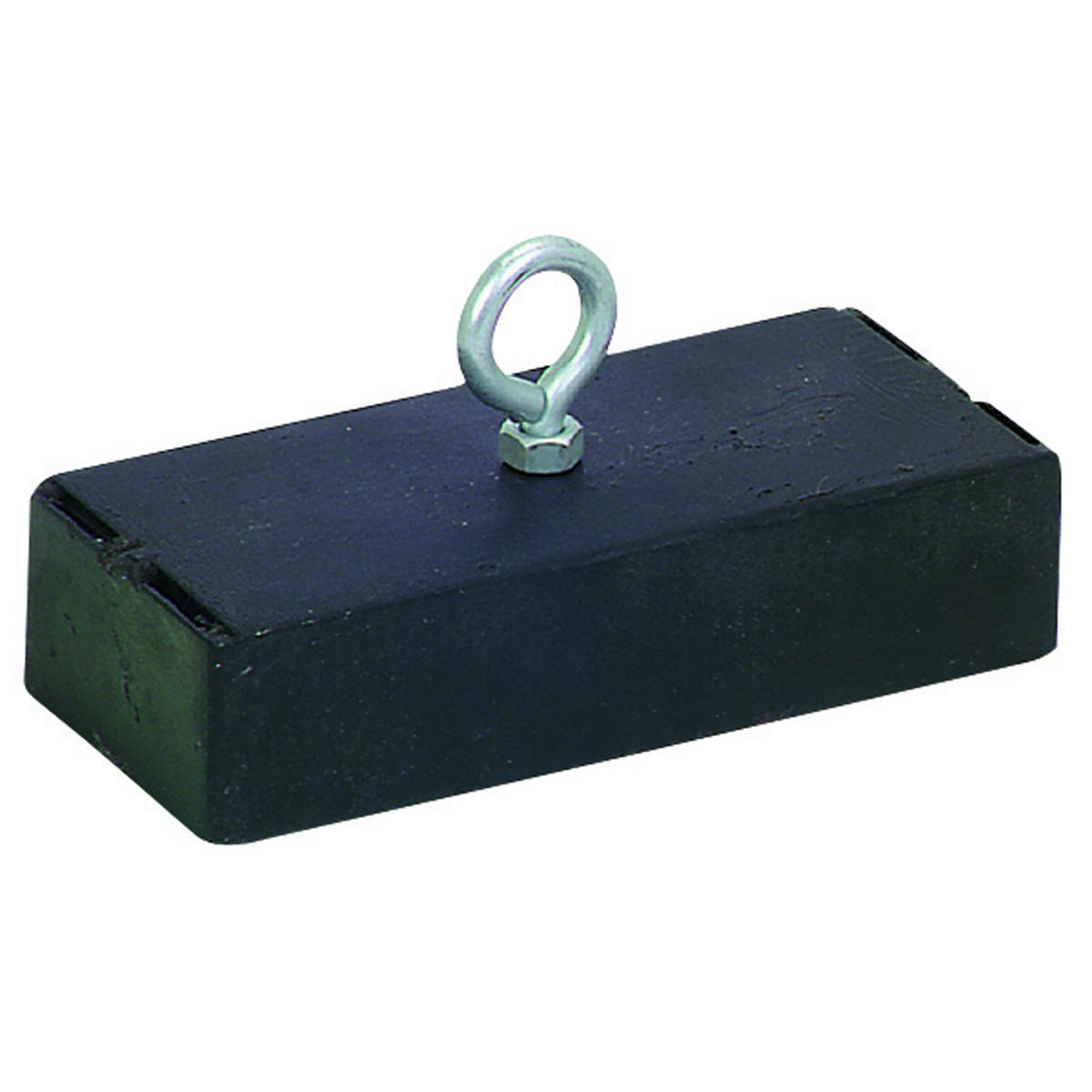Anyone out there a magnet guru? I want to take the plunge into magnet fishing. I have a 10yr old son that loves the outdoors. We go fishing all the time and it’s good times but if you e every fished with a 10 yr old it doesn’t last long. Fishing on the boat is better he stays focused on fishing. When we shore fish that’s a whole different story. If the fish arnt bitting he gets bored really quick and starts tossing rocks. Messes up my game.
So I thought let’s try magnet fishing. He can throw till his arm falls off. He loves finding stuff. So it might be win win for both of us.
While searching the web I see they will spec like 1000lb combined lifting force. Which the magnet is a hockey puck size with a thin magnet on each side of the large surface glued to a metal frame. So they have two 500* mags back to back. To me that’s a 500* lifting mag from each side not a 1000* mag.
Can you combine mags to make a stronger magnet? I want to make a 360 degree magnet with a great pulling and holding force. Does anyone know of how to get the best holding forces without spending hundreds on some crazy big neodymium magnet?
So I thought let’s try magnet fishing. He can throw till his arm falls off. He loves finding stuff. So it might be win win for both of us.
While searching the web I see they will spec like 1000lb combined lifting force. Which the magnet is a hockey puck size with a thin magnet on each side of the large surface glued to a metal frame. So they have two 500* mags back to back. To me that’s a 500* lifting mag from each side not a 1000* mag.
Can you combine mags to make a stronger magnet? I want to make a 360 degree magnet with a great pulling and holding force. Does anyone know of how to get the best holding forces without spending hundreds on some crazy big neodymium magnet?


